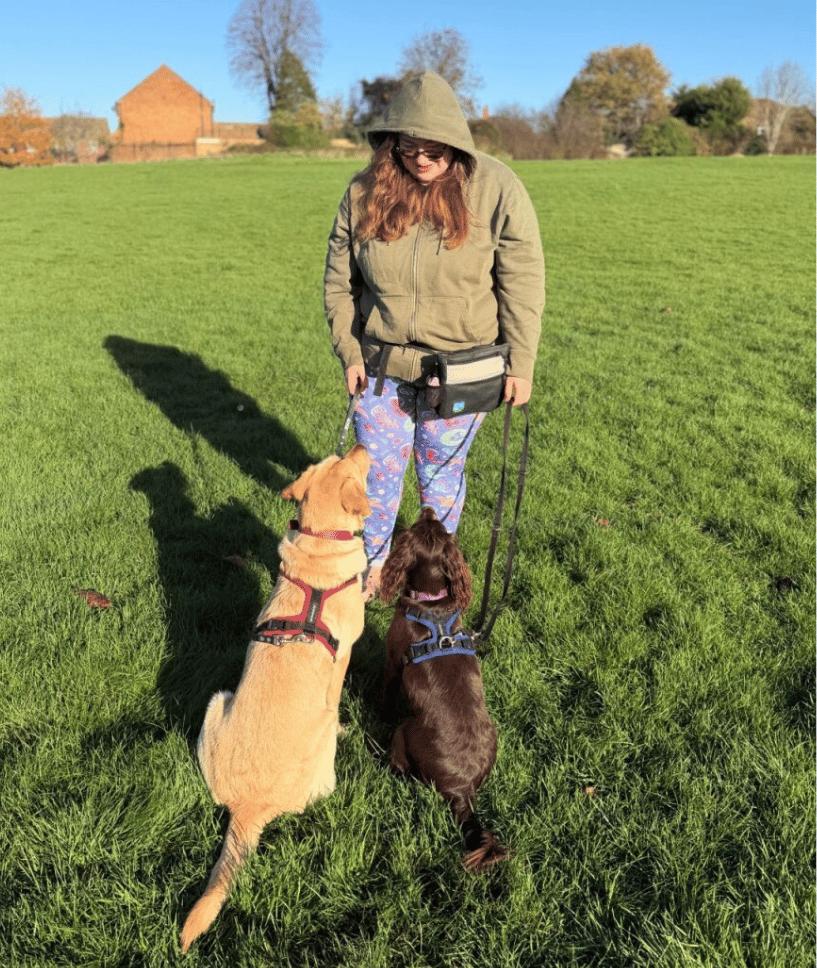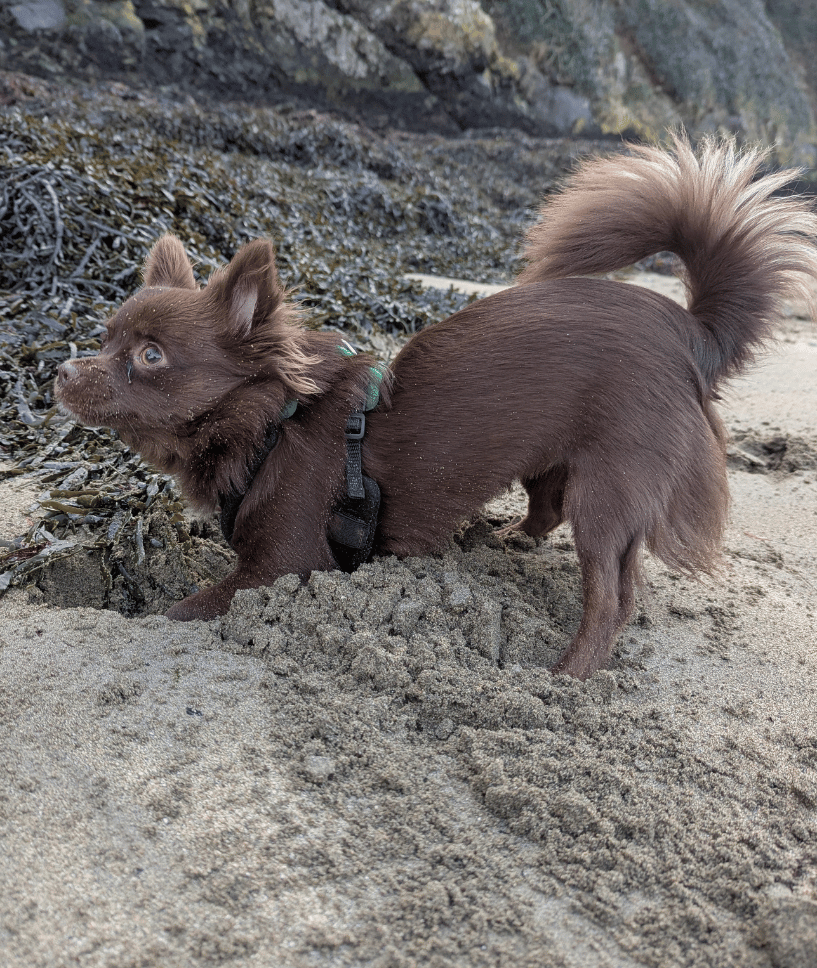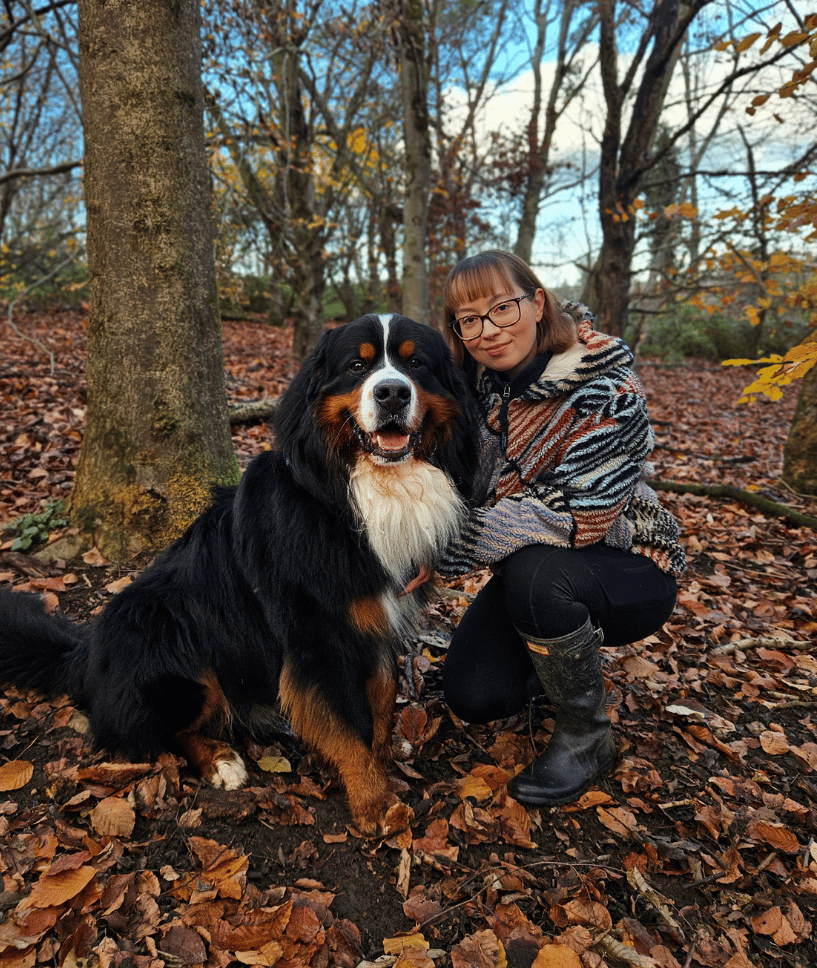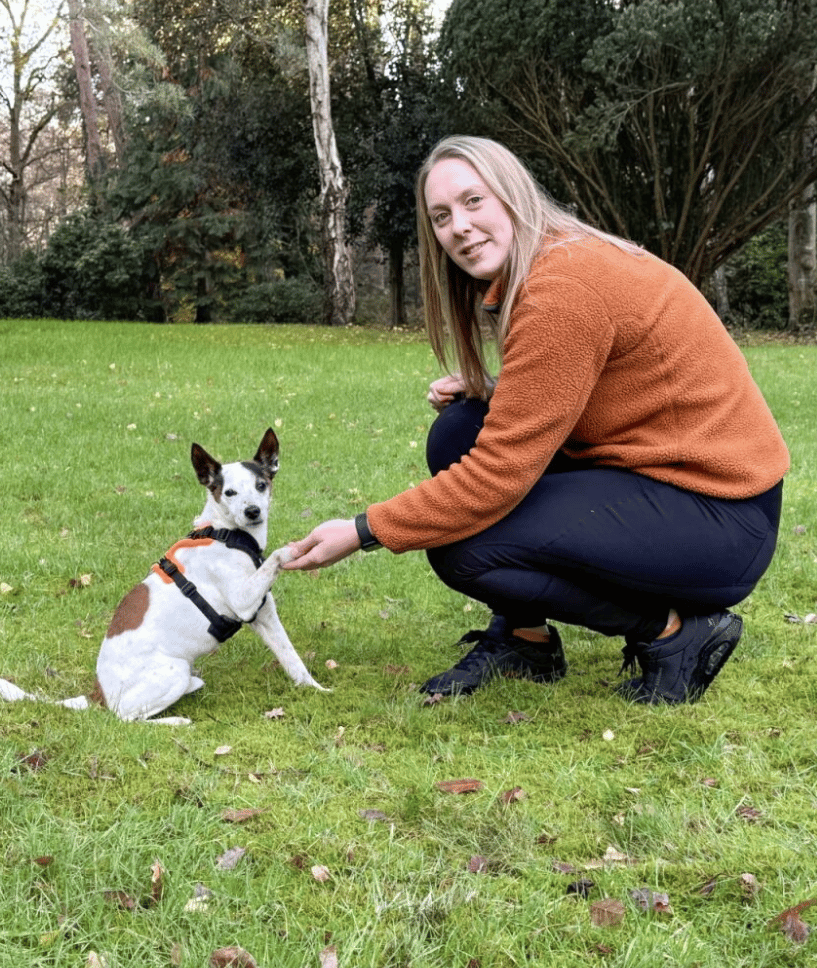Pet Grooming: Understanding Pet Hair And Skin Care
Pet Grooming: Understanding Pet Hair And Skin Care
Welcoming a new pet into your life brings boundless joy, companionship, and unforgettable moments. However, among all the cuddles and playtime, grooming often remains an overlooked aspect of pet care. Pet grooming isn't just a cosmetic concern; it's an important part of responsible pet ownership. By exploring various ways of pet grooming, from at-home techniques to essential tools and methods, our aim is to empower pet parents with the knowledge and resources needed to meet their pet's grooming needs with care and expertise.

At PerfectFit, we believe pet grooming is more than just about looks; it's a cornerstone of your pet's overall health and happiness. In this guide, we’ll delve into the intricacies of pet grooming, emphasising its significance in understanding pet hair and skin care. From preventing matting to protecting skin health, grooming plays a vital role in nurturing a vibrant bond between you and your pets.
Why is Pet Grooming Important?
Pet grooming is important for several reasons, all of which contribute to the well-being of your pet. Firstly, regular grooming helps to maintain your pet's physical health by preventing the matting and tangling of their fur. Matting can be uncomfortable for pets and may lead to skin irritation or even more serious health issues if left untreated. By keeping your pet's coat clean and free of tangles, you can help ensure their comfort and prevent potential health problems.
Additionally, grooming allows you to monitor your pet's overall health and detect any abnormalities early on. During grooming sessions, you have the opportunity to check your pet's skin for signs of ticks, infections, or other skin conditions. Early detection of these issues can lead to prompt treatment, preventing them from getting worse.
Moreover, grooming provides a great opportunity for bonding between you and your pet. Spending time grooming your pet can help strengthen the bond between you, as it allows for physical contact and attention. It is important to introduce grooming techniques gradually and positively, ensuring you go at your dog's pace. High-value treats can help your dog to develop a positive association with grooming. This bonding experience can help build trust and deepen your relationship.
Pet At-Home Grooming
Pet at-home grooming is a convenient and beneficial practice for both pet owners and their pets. Conducting grooming sessions in the familiar environment of your own home helps reduce your pet's anxiety and stress, creating a comfortable atmosphere surrounded by familiar scents and sounds. This is especially advantageous for pets who may feel nervous or uneasy in unfamiliar grooming settings, allowing them to relax and enjoy the grooming process.
Moreover, at-home grooming provides the flexibility to tailor the experience according to your pet's individual needs and preferences. You can take your time and proceed at your pet's pace, ensuring they feel comfortable and relaxed throughout the grooming session. Additionally, you have the freedom to select grooming products and tools that are best suited for your pet.
By learning to safely groom your pet at home, you can have the flexibility to groom your pet whenever it fits into your schedule.
It is crucial when performing at-home grooming to consult professionals if you are ever unsure of the methods, products or practices to use and to not try something you are unsure of. Your pets' health is a top priority.
On the flip side, professional groomers are extremely knowledgeable about various coat types. Many groomers carry out tricky tasks, such as ear cleaning and nail clipping, jobs which can be more challenging to do at home. When choosing a pet groomer, it’s important to find someone who views your pet’s welfare as a priority and employs gentle handling techniques, minimising stress and discomfort during the grooming process.
Different Types of Pet Grooming

Pet grooming encompasses various techniques and methods, each serving a specific purpose in properly maintaining and taking care of your pet. Let's take a look into each grooming practice to understand its significance in keeping your pet looking and feeling their best.
Brushing:
Regular brushing is more than just removing loose fur, dirt, and debris from your dog’s coat. It's a therapeutic experience that stimulates blood circulation and distributes natural oils, promoting a healthy and shiny coat. Brushing also helps prevent matting and tangling on long-haired breeds, reducing the risk of skin irritation and discomfort for your pet. Additionally, the bonding time during brushing sessions strengthens the relationship.
Bathing:
Some dog’s love it, some may hate it but bathing your dog is essential for maintaining their skin health and hygiene. It is important to create positive associations with this task, for example, incorporating a Lick Mat into bath time can help calm and distract your dog. However, it's important to use an appropriate shampoo, ideally natural, and take into account any skin irritations or allergies. Over-bathing can strip your dog’s skin of natural oils, leading to dryness and irritation. By bathing your dog occasionally, you remove bacteria, dirt, and allergens from their skin, reducing the risk of skin infections and allergies.
Nail Trimming:
Keeping your dog’s nails trimmed is vital for their comfort and mobility. Overgrown nails can cause pain, and discomfort, and even affect your dog’s gait and posture. It's essential to use pet grooming accessories like pet-specific nail clippers and trim carefully to avoid cutting the quick—sensitive blood vessels inside the nail. If you are ever unsure of how to correctly carry this out it is best to consult a professional. Regular nail trimming not only prevents potential injuries but also reduces the risk of ingrown nails and other nail-related issues.
Ear Cleaning:
Regular ear cleaning ,for certain breeds, can help to prevent ear infections and maintain your pet's ear health. Using a gentle ear-cleaning solution and cotton balls, you can remove dirt, wax, and debris from the outer ear canal. However, it's essential to avoid inserting anything into the ear canal to prevent injury or damage to the eardrum. By keeping your dog’s ears clean, you reduce the risk of ear infections and discomfort, ensuring their safety.
Teeth Cleaning:
Dental care is often overlooked but is a critical aspect of pet grooming. Regular brushing or using dental chews helps remove plaque and tartar buildup, promoting good oral hygiene and preventing dental issues such as gum disease and tooth decay. Dental problems can lead to pain, difficulty eating, and even systemic health issues in pets. Therefore, incorporating teeth cleaning with the right pet grooming tool into your pet care routine is essential for their long-term health and happiness.

By incorporating these grooming practices into your pet care routine, you not only enhance your pet's appearance but also promote their overall health and happiness. Remember to approach grooming sessions with patience, care, and love, ensuring a positive experience for both you and your pet.
Pet Grooming for Different Dog Breeds
Different breeds have unique grooming needs based on their coat type, length, and texture. Here are some breed-specific grooming tips:
Labrador Retrievers and Dalmatians:
Breeds with short coats like Labrador Retrievers or Dalmatians typically require minimal grooming. Regular brushing and occasional baths are usually sufficient to keep their coat clean and healthy.
Yorkshire Terriers and Afghan Hounds:
Breeds with long, flowing coats such as Yorkshire Terriers or Afghan Hounds require more frequent grooming to prevent matting and tangling. Daily brushing, occasional baths, and professional grooming appointments are beneficial for maintaining their coat's health and appearance.
German Shepherds and Siberian Huskies:
Breeds with double-layered coats like German Shepherds or Siberian Huskies shed seasonally and require extra attention during shedding periods. Regular brushing helps remove loose fur and minimise shedding, while occasional baths and thorough grooming sessions keep their coat in top condition.
Conclusion
Pet grooming is a fundamental aspect of pet care that should not be overlooked. By understanding the importance of grooming, investing in the right tools and techniques, and catering to your pet's specific needs, you can ensure their health, happiness, and well-being.
Whether you choose to groom your pet at home or seek professional services, prioritise their grooming needs to keep them looking and feeling their best!





